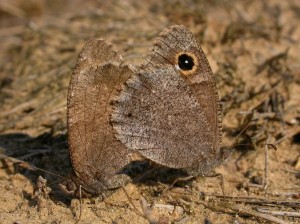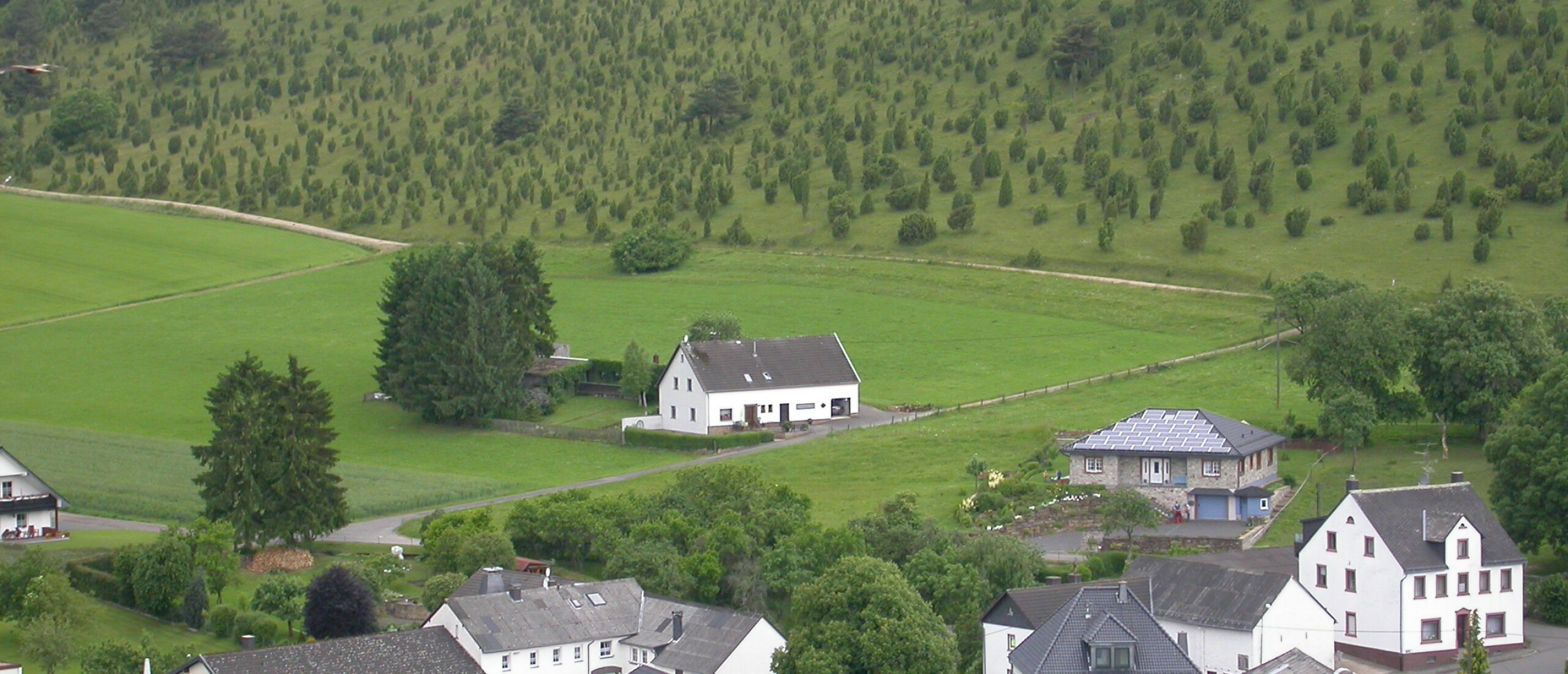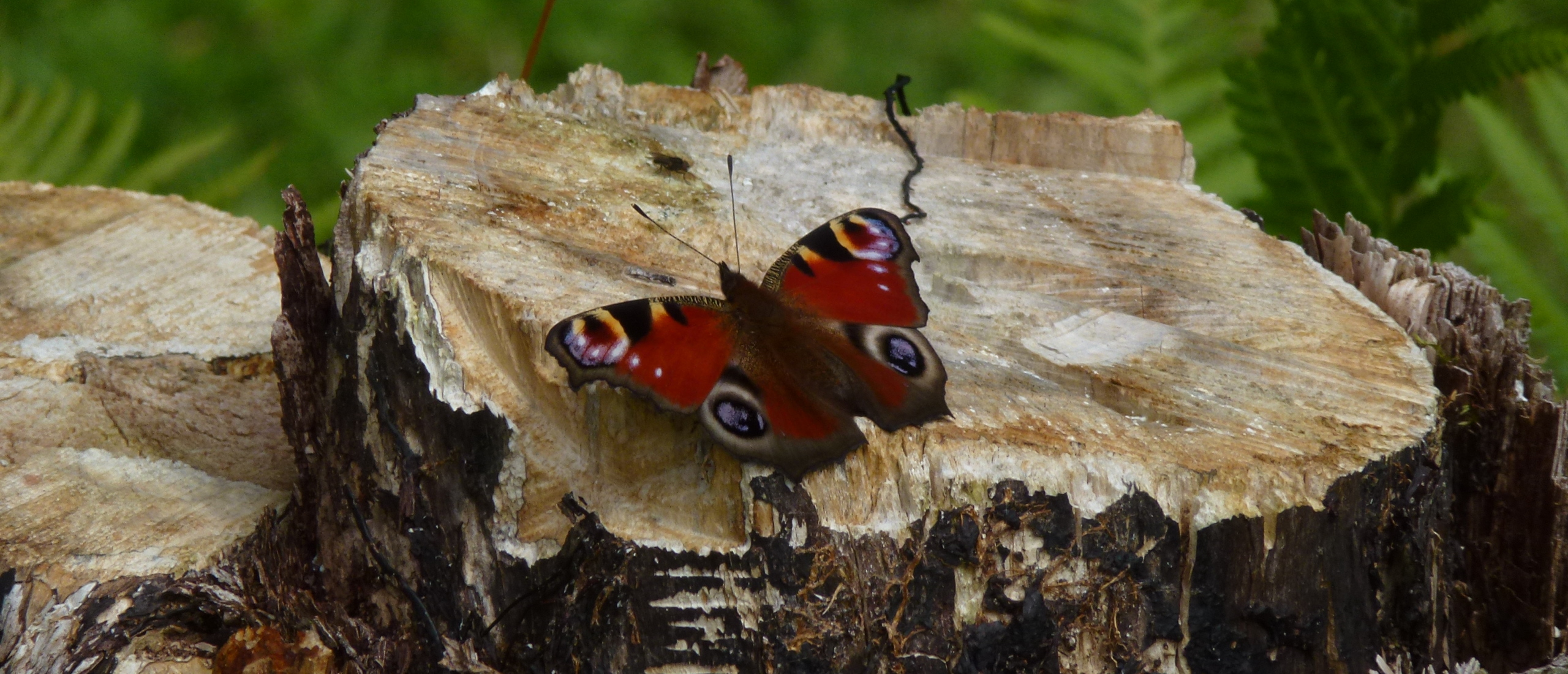
A trek across the Dutch Sahara! Today was my first day back in the Netherlands after my sojourn in Scotland, and as soon as I had disembarked from the ferry in Ijmuiden, I returned to precisely the spot in the dunes near Castricum where I had done my last Dutch butterfly-watching back in July before departing, and where I had seen but had not managed to photograph a Queen of Spain Fritillary, Issoria lathonia. Today there was no Queen of Spain to be found, but I did see at least three Meadow Browns, Maniola jurtina (these are now over in Scotland, but here they have more than one generation, it seems), several Small Heaths, Coenonympha pamphilus, a Speckled Wood, Pararge aegeria, several Small Tortoiseshells, Aglais urticae, numerous Small and Green-veined Whites, Pieris rapae and Pieris napi, three Common Blues, Polyommatus icarus, and a fine Brown Argus, Aricia agestis.
 The Brown Argus, showing its underside
The Brown Argus, showing its underside
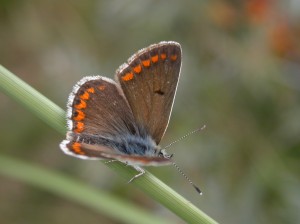 The upperside of the Brown Argus, with its characteristic orange "lunules" (spots)
The upperside of the Brown Argus, with its characteristic orange "lunules" (spots)
I then drove home to Amersfoort, dropped off my luggage, and headed out eastwards on my annual pilgrimage to the Kootwijkerzand, an extraordinary area of shifting sands and inland dunes in the Veluwe, a high (by Dutch standards, at around 100 metres above sea level!) plateau in the centre of the Netherlands. This area is the last bastion of one of the country's rarest butterflies, the Tree Grayling, Neohipparchia statilinus, of which it is believed that not more than 50 individuals fly each year, and which are now entirely restricted to this one small zone. I have seen them here in most years, and as they are usually over by the first week in September, I need to see them immediately following my return from Scotland - hence the urgency today.
 The dry, sandy habitat favoured by the Tree Grayling
The dry, sandy habitat favoured by the Tree Grayling
Finding the few Tree Graylings is made a little more difficult by the presence of myriads of Graylings, Hipparchia semele, which erupted from every patch of flowering heather (Ling, Calluna vulgaris). Nonetheless, I know from experience not to look for the Tree Graylings near these heather patches (neither are they particularly attracted to trees). The place to look for them is out on the exposed and apparently sterile sandy areas or on the dry sparse grassland and moss, well away from any flowers. The going is rather tough on the loose, uneven ground, and it took me perhaps an hour or more of traipsing across this unfriendly terrain in the full glare of the sun before I finally spotted one Tree Grayling sailing past. It stopped briefly, but was soon away again, disappearing behind a dune and I lost sight of it. A lone Red Admiral, Vanessa atalanta, powered its way southwards past me on migration, and several Small Heaths, Coenonympha pamphilus, and a couple of Small Coppers, Lycaena phleas, were noted before I finally reached the north-eastern extremity of the sandy area. Here I turned back, this time heading along the southern edge of the open area, and it was not long before I spotted a mating pair of Tree Graylings, which allowed a close approach, followed by another three individuals. It is a sobering thought to consider that one has seen over 10% of the total population of Dutch Tree Graylings within a tiny area. The next nearest populations are in southern France, the Mediterranean area, across southern Poland and into Lithuania. I have a private suspicion that these isolated Dutch individuals might be a different (sub)species, as they have almost entirely uniform grey undersides to the hindwing, whereas other populations have a bold stripe across these wings - all the more reason to hold onto them by maintaining their unique habitat, the open, shifting inland dunes.
Following this success, I shifted my focus to the profusely flowering patches of heather along the edge of the sand, and it was not long before I had a brief glimpse of my other target species, the Silver-spotted Skipper, Hesperia comma. These fast-flying little butterflies, which are hard to keep one's eyes on when they buzz away almost like flies over the broken ground, are also on the wing until the first week of September, and I was anxious to get them on my list as well. I went on to see three individuals, none of which would allow a close approach, darting off with their skipping flight whenever I tried to come near, camera at the ready. I managed to obtain two distant record shots, but no close-ups. Nevertheless, I was delighted to have caught up with this, my 73rd species for the year!
 A distant view of a Silver-spotted Skipper nectaring on Ling
A distant view of a Silver-spotted Skipper nectaring on Ling
 A Tree Grayling which landed on my binoculars at the Kootwijkerzand in 2005
A Tree Grayling which landed on my binoculars at the Kootwijkerzand in 2005
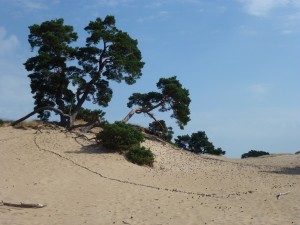 A picture I took here last year - the wind had blown the fir-cones into a perfect line
A picture I took here last year - the wind had blown the fir-cones into a perfect line
2013 total as of 28th August: 73 species


